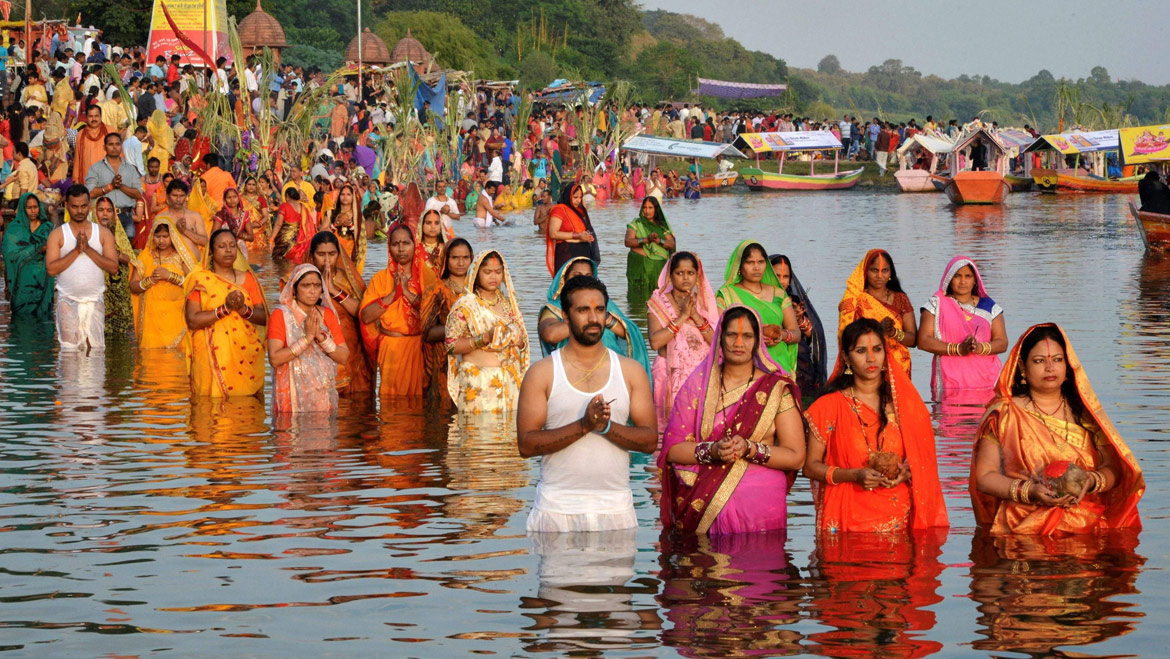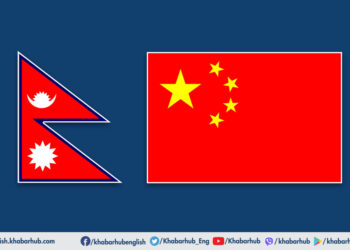BIRGUNJ: With the conclusion of Tihar festival, the Terai Madhes is abuzz with preparations for the upcoming Chhath festival.
In Birgunj, various ponds are undergoing a remarkable transformation, adorned with the collective efforts of local residents.
Shores along some ponds have undergone cleaning, enhancing their appeal for the sacred Chhath rituals.
In Mithilachal, the Ghadiadarwa Pond, Nagwapokhari, Chhapkaiya Pond, and Ranighat in Birgunj are receiving special attention, being cleaned and embellished by the enthusiastic locals.
As the number of Chhath celebrants continues to rise each year, the markets are bustling with shoppers purchasing essential items for the grand festival.
However, locals are noting a significant increase in prices for essential goods compared to previous years.
As the evening “Argha” is scheduled for the November 19, the main Chhath rituals kick off three days prior.
The air is filled with the melodies of Chhath Parva songs in every village, signifying the imminent arrival of the festival.
The elaborate rituals commence with devotees taking a bath and eating on the first day, followed by the Kharna Method on the second day, known as the day of sin decay.
Following the moon sighting in the evening, a special pious and rice pudding is prepared in a new clay oven and pot.
Offered to Chhathimata, it becomes prasad for the devotees and the entire family.
As Chhath Parva progresses, devotees engage in evening prayers to the setting sun, staying awake throughout the night.
The festival, celebrated with a deep sense of reverence for family happiness, peace, and the fulfillment of various wishes, draws crowds.
The belief persists that worshiping the sun during this time brings prosperity, fertility, happiness, and even healing from skin diseases.
Astrologically, the sun’s south-facing position during Chhath Parva, aligned with the time of Virgo, is considered intense and fruitful for humans.
Shopping for offerings such as bananas, fruits, sweetmeats, ginger, sugarcane, and bas-made materials is in full swing.
The roots of Chhath Parva trace back to the Mahabharata, where the Pandavas, including Draupadi, worshipped the “Sun God” during their stay in the kingdom of Kirat King of Mithila.
Folklore suggests that the tradition continued after the completion of exile.









Comment